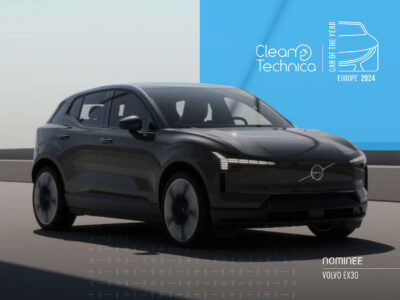Hose Down the FUD on EV Battery Fires


A recent Facebook share by a frenemy of mine inspired me to look more closely at electric vehicle fires. Here is the post:
“So if one is involved in a crash, and people are trapped inside, the fire brigade has to isolate the battery before they cut into the car… So the problem with crashing any EV is that if you are trapped, you’re dead, as it is impossible to remove victims. Also can’t put a battery fire out. Water makes lithium burn. They forgot to tell you this part!”
Facebook later put a warning on the post with a fact check: “Lithium battery fires can be put out with water.”
Like all FUD (misinformation designed to cause Fear, Uncertainty, and Doubt), there is likely to be some truth camouflaging the fear mongering, the doubt, and the falsehoods. To be sure of my stance, I then wrote to the New South Wales and Victorian fire departments. Fire Rescue Victoria responded:
“Thanks for reaching out.
“All FRV firefighters are provided with training and equipment to ensure they are prepared to respond to any emergency incident they may be faced with. This includes incidents involving lithium ion batteries.
“Furthermore, FRV continues to provide specific training and relevant doctrine to ensure firefighters understand specific issues pertaining to Electric Vehicles.
“While FRV’s primary focus is to serve and protect communities across Melbourne and Victoria’s major regional centres and FRV is not the regulatory body for lithium ion batteries, we do play a role in advocating for improved safety outcomes for communities and will continue to do so.”
I also reached out to a family member who has worked as a paramedic and is now a fireman. He tells me:
“We have been doing a fair bit of Road Crash Rescue training with some EV’s as they have some different structural components.
“Fire fighting with these vehicles is a little different as we don’t get a lot of exposure to the situation. Our current practice is to constantly flood the vehicle with water; we also do have foam options. We don’t have the demand just as yet as they do in Europe to have specific firefighting tools such as foam tanks which they soak the vehicle in for up to 24 hours.
“If we need to use cutters and spreaders on the vehicle we would just need to aware what we are bracing or stabilising off.”
So, in Australia, and I would assume in other parts of the world, first responders are well equipped to handle an electric vehicle crashes that involve a fire. They can also hose down the FUD.
We’ve also written several times before that the chance of a fire in a gas-powered car is much higher than a chance of a fire in an EV. For more on that, see “A Tesla Caught Fire, And A Dwarf Hit A Game-Winning Buzzer Beater” and “Ignore The Hype: Spontaneous Tesla Fires Are Incredibly Rare.”
Appreciate CleanTechnica’s originality and cleantech news coverage? Consider becoming a CleanTechnica Member, Supporter, Technician, or Ambassador — or a patron on Patreon.
Don’t want to miss a cleantech story? Sign up for daily news updates from CleanTechnica on email. Or follow us on Google News!
Have a tip for CleanTechnica, want to advertise, or want to suggest a guest for our CleanTech Talk podcast? Contact us here.
Advertisement
This post has been syndicated from a third-party source. View the original article here.




